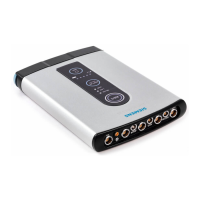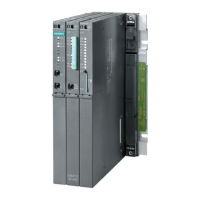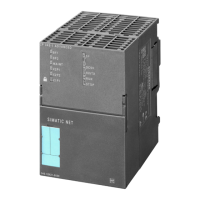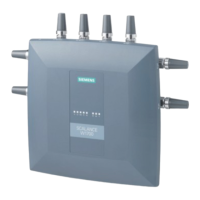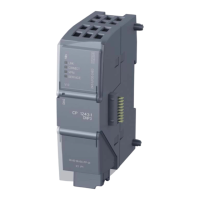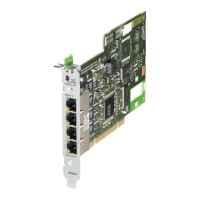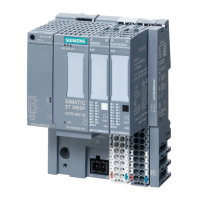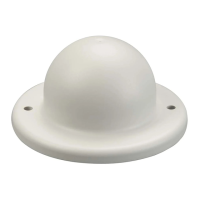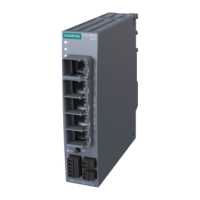Basics of communication with Industrial Ethernet
1.3 Technologies of Industrial Ethernet
Industrial Ethernet
System Manual, 09/2019, C79000-G8976-C242-10
35
DHCP via UDP with broadcast via UDP with unicast
Clients normally send their queries to the so-called "all DHCP
relay agents and servers" multicast address (FF02::1:2). This
is a link-local multicast address and all servers and relay
agents belong to the corresponding group. These in turn
listen on port 547.
Local servers and relay agents reach a client by means of a
link-local unicast address that was generated with the help of
stateless autoconfiguration. Clients listen on port 546
Link layer address resolution ARP
ARP request (broadcast)
NDP
Neighbor Solicitation Packet (multicast, ICMPv6 type 135) to
Neighbor nodes IPv6 Neighbor Discovery protocol
Router detection - supports hosts when localizing routers on
the local link.
Automatic address configuration - allows a node to configure
the IPv6 addresses for its own interfaces automatically.
Prefix detection - allows nodes to recognize the known sub-
network prefixes assigned to a link. Nodes use prefixes to
distinguish destinations on the local link that can only be
reached via a router.
Address resolution - helps nodes when detecting the link-
local address of a neighbor node provided that only the IP
address of the destination exists.
Determination of the next Hop - uses an algorithm to deter-
mine the IP address of a packet recipient located one hop
over the local link. The next hop can be a router or the desti-
nation node.
Neighbor unreachability detection - helps nodes to determine
whether a neighbor node is still reachable. With routers and
hosts, the address resolution can be repeated.
Detection of duplicate addresses - allows the node to deter-
mine whether an address wanted by the node is already
being used by another node.
Diversion - allows a router to inform a host about a node in
the first Hop via which a certain destination can be reached
1.3.2.4 IPv6 terms
Network node
A network node is a device that is connected to one or more networks via one or more
interfaces.
Router
A network node that forwards IPv6 packets.
Host
A network node that represents an end point for IPv6 communication relations.
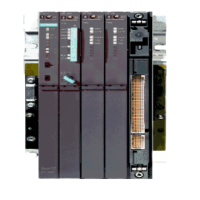
